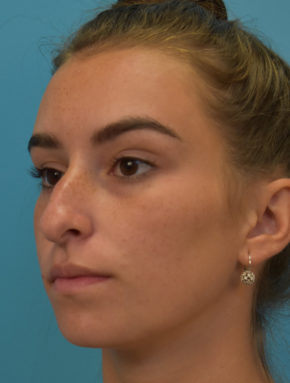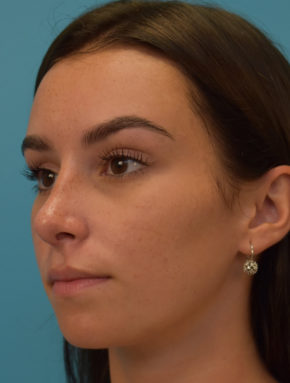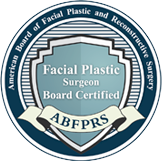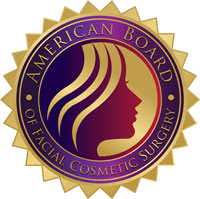Eustachian Tube Dysfunction
Conveniently located to serve Chicago and North Shore
What is Eustachian Tube Dysfunction?
Eustachian tube dysfunction is an affliction that can lead to a chronic ear pressure and pain or discomfort with barometric changes. Typically, when you yawn, chew, sneeze, or swallow, your Eustachian tubes – small passageways that run between your middle ear and upper throat – open to keep pressure and fluid from building up. If you experience a blocked Eustachian tube – also known as Eustachian tube dysfunction – your ears may feel full or painful, and your hearing may seem muffled.What Causes Eustachian Tube Dysfunction?
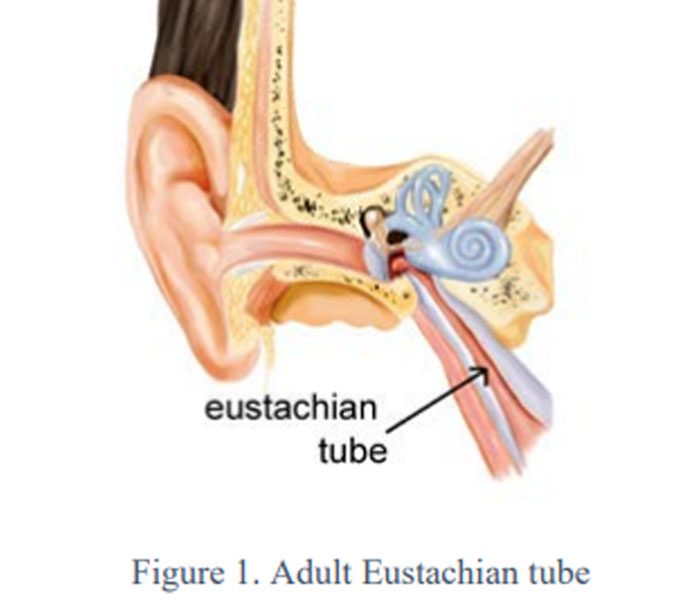
Who Is at An Increased Risk of Developing Eustachian Tube Dysfunction?
Smokers are at an increased risk because smoking damages cilia – tiny hairs that line the middle ear and sinuses that help sweep mucus toward the throat. Obesity also increases risk because fatty deposits can form around the Eustachian tubes, leading to dysfunction. Allergies can also increase a person’s risk, as they can lead to frequent episodes of mucus production and congestion. Nasal polyps, a cleft palate, or a tumor may put someone at increased risk of developing Eustachian tube dysfunction.What Are the Complications of Eustachian Tube Dysfunction?
The most common complication is recurring Eustachian tube dysfunction – which is possible if you don’t treat the underlying cause or risk factor. In rare, more severe cases, Eustachian tube dysfunction may also lead to:- Chronic otitis media, a middle ear infection
- Otitis media with effusion, or “glue ear,” a fluid buildup in the middle ear that can last for weeks and could damage hearing.
- Eardrum retraction, when the eardrum is seemingly sucked farther into the ear canal.
How Long Does Eustachian Tube Dysfunction Last?
Most cases of Eustachian tube dysfunction clear up in a few days with the help of over-the-counter medication and home remedies, but symptoms can last one to two weeks. If you’re still having symptoms after two weeks, or they’re getting worse, you may need more aggressive treatment.What Is the Typical Eustachian Tube Dysfunction Recovery Time?
Most people feel better in a few days to a week or two. If symptoms last longer, get worse, or seem to recur, you should see a doctor.The place is quiet and you don’t feel pressured into obtaining a procedure. Dr. Rachel took the time to answer any and all my questions and even gave me a reasonable quote. I signed up and had a the procedure the next day. Everything went flawless. The staff were amazing and I felt like I got the results I wanted.My pain level is between a 1 and a 0.
How Does a Doctor Test for Eustachian Tube Dysfunction?
Your doctor will ask about your symptoms, examine your ear canals and ear drums, and check your nasal passages and the back of your throat for signs of inflammation and mucus buildup. Nasal endoscopy may be indicated for visualization of the eustachian tubes in the nasopharynx. Symptoms, and a recent history of cold, flu, or allergies is often enough to diagnose Eustachian tube dysfunction.Eustachian Tube Dysfunction Treatment
Eustachian tube dysfunction usually resolves in a few days to two weeks without treatment. You can take certain actions to open up the tubes, such as swallowing, yawning, or chewing gum. You can try the Valsalva maneuver at home by taking a deep breath, pinching your nostrils closed, and blowing with your mouth shut. If these strategies don’t help, your doctor may suggest options for medical management.Medical Treatments for Eustachian Tube Dysfunction
Your doctor may first recommend over-the-counter treatments, such as:- Decongestants to reduce the swelling of the lining of the tubes.
- Antihistamines and/or steroid nasal spray to reduce an allergic response.
- If a bacterial infection is present, your doctor may prescribe an antibiotic.
What is Eustachian Tube Balloon Dilation?
Many of the current treatment options for Eustachian tube dysfunction are limited or invasive, but a newer treatment option using balloon dilation can restore Eustachian tube function and relieve symptoms. Eustachian Tube Balloon Dilation provides a safe, effective, and less invasive treatment for people with Eustachian tube dysfunction. During this procedure, your doctor will insert a small balloon through your nose and into your Eustachian tube. The balloon will then be gently inflated, and after treatment, removed. This procedure may be performed in combination with other nasal an sinus procedures.
Your Eustachian Tube Dysfunction will be performed in Dr. John D. Rachel's surgery center located in North Shore.
Get your cosmetic surgery consultation with Dr. John D. Rachel, Quadruple Board-certified cosmetic surgeon.

